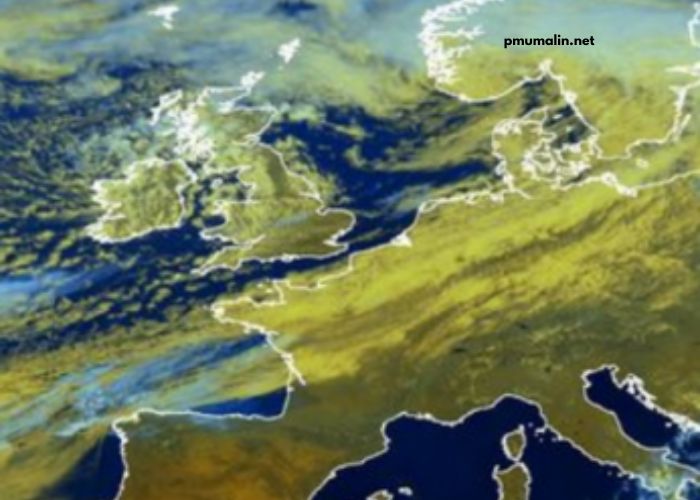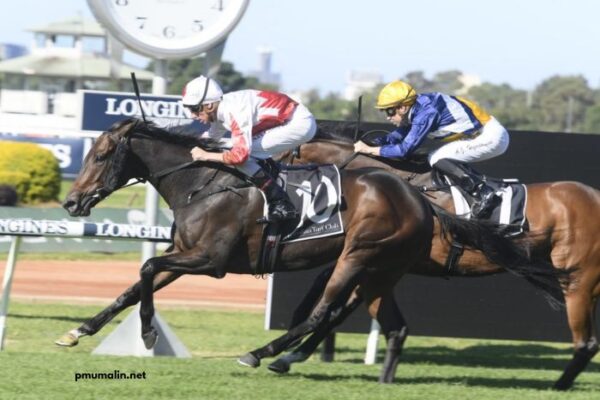Bobo-Dioulasso, located in the western part of Burkina Faso, is a city known for its rich cultural heritage, vibrant history, and unique climatic conditions. Situated in the Sahelian region, this city experiences a climate that significantly influences both daily life and seasonal activities. This article explores the various aspects of Bobo-Dioulasso’s weather, providing insights into its climate patterns, seasonal variations, and how they impact the lives of its residents.
The Climatic Overview of Bobo-Dioulasso
Bobo-Dioulasso falls under the tropical savanna climate classification, characterized by distinct wet and dry seasons. This climate type is common in much of West Africa and is known for its warm temperatures throughout the year. The tropical savanna climate is typically marked by a significant contrast between the wet season, which brings substantial rainfall, and the dry season, which is characterized by lower humidity and little to no precipitation.
The average annual temperature in Bobo-Dioulasso ranges from 25°C to 35°C (77°F to 95°F). The city experiences high temperatures year-round, with the hottest months typically being from March to May. During these months, temperatures can soar above 40°C (104°F), making it crucial for residents to adopt cooling measures and stay hydrated.
Rainy Season: A Time of Abundance and Growth
The rainy season in Bobo-Dioulasso typically spans from June to October. This period is characterized by increased humidity and frequent rainfall, which brings a welcome relief from the intense heat of the preceding months. The average annual rainfall ranges between 800 mm and 1,200 mm, with the peak of the rainy season occurring in August.
During the rainy season, the landscape around Bobo-Dioulasso transforms dramatically. The once arid surroundings turn lush and green, fostering agricultural growth and supporting local ecosystems. This period is crucial for agriculture, as the rain supports the cultivation of various crops, including millet, sorghum, and maize. For farmers in the region, the onset of the rainy season signifies the beginning of the planting season, a time of optimism and hard work.
Despite the positive aspects of the rainy season, it is not without its challenges. Heavy rains can lead to flooding, which can disrupt transportation and affect infrastructure. Additionally, the increased humidity can create a breeding ground for mosquitoes, raising concerns about mosquito-borne diseases such as malaria.
Dry Season: The Heat and the Harmattan Winds
The dry season in Bobo-Dioulasso typically begins in November and extends through to May. This period is marked by lower humidity levels, clear skies, and minimal rainfall. The dry season is further divided into two phases: the cool dry season and the hot dry season.
From November to February, Bobo-Dioulasso experiences cooler temperatures, with daytime highs averaging around 30°C to 35°C (86°F to 95°F). Nights during this period can be quite cool, with temperatures sometimes dropping to around 15°C (59°F). This phase is generally more comfortable for outdoor activities and social events.
However, as the dry season progresses into March and May, temperatures rise significantly. This phase, often referred to as the hot dry season, brings with it extreme heat. During these months, temperatures can exceed 40°C (104°F), creating challenging conditions for daily life. The Harmattan winds, which blow from the Sahara Desert, exacerbate the dryness by bringing dust and reducing visibility. These winds can also affect respiratory health and exacerbate conditions such as asthma.
The Impact of Climate on Local Life and Culture
The climate of Bobo-Dioulasso has a profound impact on the daily lives of its residents. The weather patterns influence various aspects of life, from agriculture and water resources to cultural practices and festivals. Understanding these impacts provides a deeper appreciation of how the local population adapts to and thrives within their environmental conditions.
Agriculture is a cornerstone of the local economy and lifestyle. The timing of the rainy season dictates planting and harvesting schedules, while the dry season influences water availability and soil conditions. Farmers in Bobo-Dioulasso have developed traditional knowledge and practices to cope with these climatic challenges. For instance, they often use rainwater harvesting techniques and soil conservation methods to maximize the benefits of the rainy season and mitigate the effects of the dry season.
Culturally, the weather patterns also play a role in shaping festivals and community activities. Traditional festivals, such as the annual Bobo-Dioulasso Cultural Festival, often align with the end of the rainy season, celebrating the end of the planting period and the beginning of a new agricultural cycle. These festivals are a time of joy, reflection, and community bonding, and they offer an opportunity for residents to showcase their cultural heritage through music, dance, and traditional crafts.
Adapting to Climate Variability
In recent years, the impact of climate change has become increasingly apparent in Bobo-Dioulasso. Fluctuations in weather patterns, such as irregular rainfall and rising temperatures, pose challenges for agriculture and water management. The local community and authorities are working to adapt to these changes through various strategies.
One approach is the adoption of climate-smart agricultural practices. These practices include using drought-resistant crop varieties, improving irrigation techniques, and implementing soil conservation measures. Additionally, efforts are being made to enhance water management systems to ensure a reliable supply of water during the dry season.
Community awareness and education play a crucial role in adapting to climate variability. By raising awareness about the impacts of climate change and promoting sustainable practices, residents can better prepare for and respond to environmental challenges.
Conclusion
The climate of Bobo-Dioulasso is a defining feature of life in this vibrant city. From the contrast between the rainy and dry seasons to the impact of seasonal weather patterns on daily life, the weather shapes the experiences and activities of its residents. Understanding these climatic conditions offers valuable insights into the challenges and opportunities faced by the local community.
As Bobo-Dioulasso continues to navigate the effects of climate change, the resilience and adaptability of its people remain a testament to their ability to thrive in a dynamic environment. Whether it is through traditional practices, community festivals, or innovative adaptations, the people of Bobo-Dioulasso demonstrate a profound connection to their climate and a commitment to embracing the opportunities it presents.




